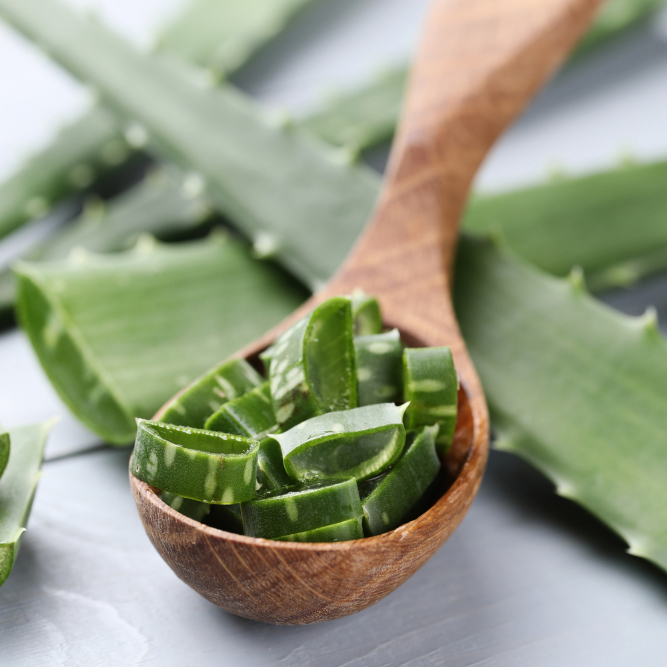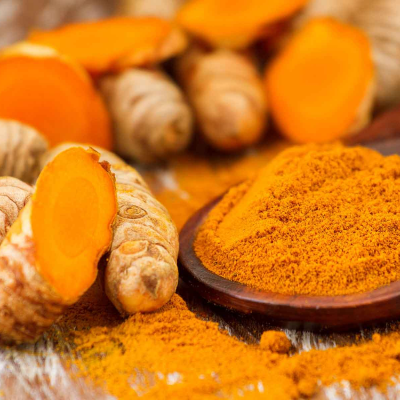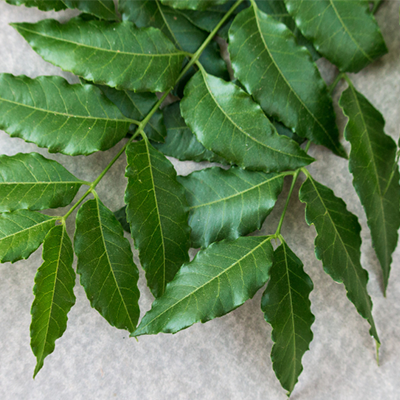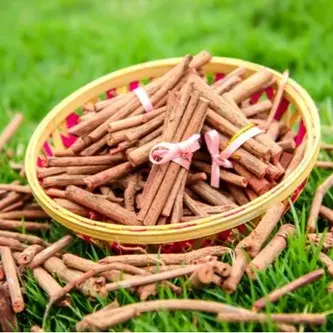- +033 2572 7171
- info@dhanvantary.com

4.5 Rating | 4500 Review

4.5 Rating | 4500 Review
Diaper rash is a common form of skin inflammation (dermatitis) that occurs in the diaper area, typically affecting infants and young children. It presents as red, inflamed, and irritated skin, sometimes accompanied by bumps or sores.

Continuous contact with wetness (urine, feces) causes maceration of the skin.
Repeated rubbing of the diaper against the skin.
Fragrances, detergents, or chemicals in wipes and diapers.
Overgrowth of fungi (e.g., Candida albicans) or bacteria in the warm, moist environment.
Sensitivity to diaper materials, wipes, or soaps.
Changes in stool consistency or frequency due to diet transitions (e.g., starting solid foods).
Disruption of natural skin flora, leading to secondary infections.
In Ayurveda, diaper rash can be correlated to "Kshudra Kshata" (minor skin abrasions) or "Pidaka" (small pustules) caused by aggravated Pitta and Kapha doshas, along with external irritants. The goal of Ayurvedic management is to soothe inflammation, heal the skin, and prevent recurrences.

Apply fresh aloe vera gel to soothe inflammation and promote healing.

Antibacterial and anti-inflammatory properties; mix turmeric powder with coconut oil and apply.

Use neem paste or oil for its antifungal and antimicrobial benefits.

Apply paste for its skin-healing and detoxifying properties.

Use a paste or mix with ghee to reduce itching and redness.
Use a lukewarm bath with Triphala decoction or Neem leaves to cleanse the affected area gently.
Avoid using harsh soaps or detergents.
